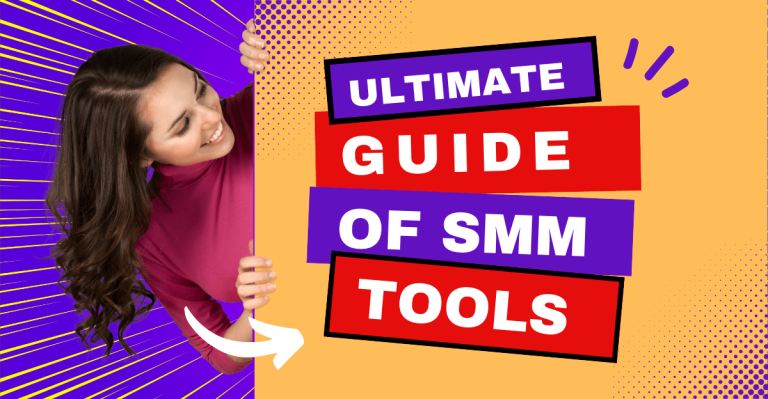Why your low-quality subscriber list is hurting your business
What problems they create and how to solve them
As a business owner, you know how important email marketing can be to the growth of your business. However, if you don't have a high-quality subscriber list, your email marketing efforts will fall flat. In this article, we'll take a closer look at what you may be doing wrong with your email list and what you can do to fix it.
The problem with low quality email subscriber lists
First, let's take a look at what a low quality email subscriber list is and why it's a problem. A low quality email list is a list of subscribers who are not interested in your business or have not given you explicit consent to send them emails. This can lead to a lot of issues for your email marketing efforts: as you'll see below. But if there's even one thing from this entire article that should stick with you, it's this: Never buy an email list to increase your subscribers. It's the worst thing you can do to your business.
1. Low loyalty rates
When you send emails to a low-quality email list, you are sending messages to people who are not interested in your business. This can lead to low engagement rates, such as low open rates and click-to-view ratios. Without subscribers who are genuinely interested in what you offer, your emails will not be effective in driving traffic to your website or generating potential customers for your business.
Real-life case study: in a MailChimp study, they found that segmented email campaigns had 14,31% higher open rate and 100,95% higher click-to-view ratio compared to non-segmented campaigns.
2. Problem with your domain's reputation as a sender
When you send emails to people who are not interested in your business, the most likely scenario is that your emails will be marked as spam. This can damage your reputation as a sender, which can affect your ability to deliver emails to your subscribers' inboxes in the future.
Real case study: in a study by Return Path, they found that only 79% of commercial emails reached subscribers' inboxes. The remaining 21% either went to junk mail or was blocked altogether.
3. Increased spam (SPAM) complaints
When you send emails to people who have not given you explicit consent to email them, they are more likely to mark your emails as spam as they will think you are spamming them. This can ruin your reputation as an email sender for all the major ESPs, even to the suspension of your account by your email service provider.
Real case study: in a study by Litmus, they found that the average spam complaint rate for email campaigns was 0.02%. In a study of spam emails, the average rate of spam emails in a spam filtering campaign was found to be 0.02230%.However, this rate can be increased important when sending emails to people who have not given you explicit consent email them.
How to fix all the above and have high quality subscriber lists
Now that you understand the negative consequences of having a low-quality email list, let's take a look at what you can do to fix it.
1. Clear your email list
Start by clearing your email list. Remove subscribers who haven't interacted with your emails for a long time, such as those who haven't opened or clicked on your emails in several months. You can also use an email verification service to verify that email addresses are valid and active.
Real case study: in a case study by Campaign Monitor, they found that cleaning their email list resulted in 23% increase in email engagement rates.
2. Confirm your subscribers' emails before adding them to your list
Require new subscribers to go through a double confirmation process. This means they will receive a confirmation email asking them to confirm their subscription. This ensures that only people who are genuinely interested in your business are on your email list.
Real-life case study: in a case study by Litmus, they found that the implementation of a dual participation process resulted in 31% reduction in spam complaints.
3. Segment your email list
Segment your email list based on subscribers' interests and preferences. This allows you to send more relevant and targeted emails, which can lead to higher engagement rates and more conversions.
Real case study: in a case study by Campaign Monitor, they found that implementing segmented email campaigns resulted in 760% increase in email revenue.
4. Incentivize subscribing to your list
Offer incentives such as a free guide or ebook, a discount percentage or free shipping for their order in exchange for email addresses. This ensures that you only collect email addresses from people who are genuinely interested in your business and are willing to give you their email address in exchange for valuable content.
Real case study: in a case study by Hubspot, they found that the use of lead magnets resulted in 55% increase in email subscribers.
5. Provide valuable content
Finally, you provide valuable content in your emails. This can help subscribers engage and become interested in your business, which can lead to higher engagement rates and more conversions.
Real-life case study: in a case study by the Content Marketing Institute, they found that providing valuable content resulted in a an increase of 2.000% to email subscribers over a period of two years.
Conclusion
Having a low-quality email subscriber list can hurt your business's email marketing efforts. By cleaning up your email list, implementing a double opt-in process, segmenting your email list, using lead magnets, and providing valuable content, you can improve the quality of your email list and increase conversions for your business. Take action now to fix your low quality email list and start seeing the results you want from your email marketing efforts.
If you found all of the above useful, ask us for a free consultation session 15-30 minutes to show you how we can help you clear your list. Some examples you may have already seen in case studies Just book your seat with us.






